Predictive Analytics - see what might happen and why
Ometis recently hosted the Higher Education Data Conference at Lord's. During a packed day, one element stood out from the reactions of the audience on the day and in the post-event survey - the use of AI and Machine Learning for predictive analytics.
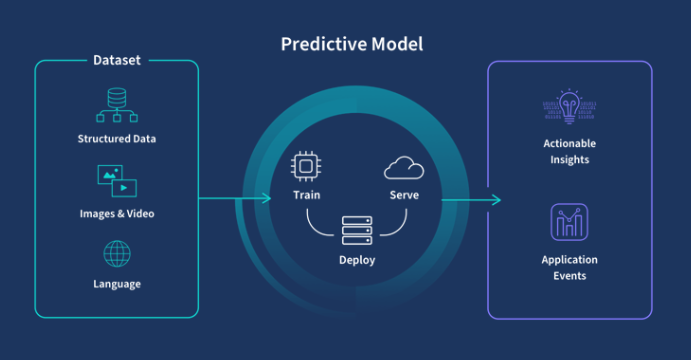
Predictive analytics is a game-changer for all types of organisations, empowering them to make data-driven decisions that can enhance customer retention and drive processes. By analysing historical data, predictive analytics not only identifies potential issues before they arise but also uncovers valuable trends and automates various tasks.
For example, in the ever-changing world of retail, customer retention is a top priority. To combat the potential loss of customers, retail companies can turn to the power of predictive analytics. By utilising this advanced data science technique, businesses can pinpoint customers who are at risk of leaving and devise targeted marketing campaigns to entice them to stay.
Another example is from the Higher Education sector where funding is influenced hugely by student retention. Being able to predict early that a student is at risk of dropping out of their course is key. It's crucial to be able to quickly analyse huge amounts of data from lots of different sources. Those sources can include lecture attendance, grades, coursework, lecturers, library use as well as demographic data such as social background, fees and general interactions with University life. Bringing that all together to quickly spot and predict outliers can be key to putting a plan in action to help at risk students.
So what is Predictive Analytics?
Predictive analytics is like a crystal ball that uses the magic of historical data to reveal the secrets of the future. By tapping into the powers of statistics, artificial intelligence, and machine learning, organisations can unearth hidden patterns in their data, allowing them to make spot-on predictions and achieve remarkable outcomes.
Building predictive analytics frameworks involves a series of crucial steps: first, you need to identify and clearly define the problem that needs to be solved. Then, you'll need to organise and structure your datasets in a way that makes sense. After that, it's time to choose the most suitable predictive model for your needs. And finally, it's all about sharing those invaluable insights with the world. So, put on your detective hat and get ready to uncover the secrets hidden within your data!
Common Types of Predictive Modelling
There are several modelling techniques used in predictive analytics. The type of predictive model that is most suited for the situation will depend on both the type of data and the desired outcome.
While there are numerous techniques available for specific problems, some of the most prevalent predictive models include:
Regression Models
Regression models are like the Sherlock Holmes of predictive analytics. They use their detective skills to analyse one or more input variables and uncover the secret relationship between them and the output variable. With their precise predictions, regression models can help businesses in various fields, from financial analysis to engineering, forecast outcomes like sales, stock prices, and even temperatures. These models are like the reliable sidekick that never fails to deliver accurate results.
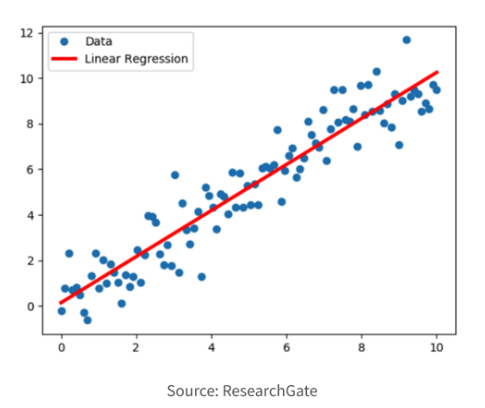
Neural Networks
Neural network models, inspired by the fascinating workings of the human brain, are a powerful predictive modelling technique. These models strive to unravel the intricate connections between input and output variables, enabling them to make accurate predictions. With their advanced capabilities, they can excel in various fields, including image recognition, natural language processing, and speech recognition. These remarkable models can predict object recognition, analyse sentiments, and transcribe speech with unparalleled accuracy.
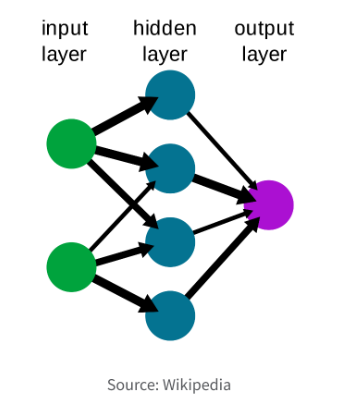
Classification Models
Classification models are like the superheroes of the data world. They swoop in to save the day by categorising data into neat little boxes based on input variables. With their superpowers, they establish a connection between these variables and the output, allowing them to classify new data and make informed decisions. Thanks to these models, organisations can finally make sense of their data and unleash the power of insights.
Classification models are all the rage in domains like marketing, healthcare, and computer vision. They work their magic by sorting data into categories like spam emails, medical diagnoses, and image recognition. So, forget about getting overwhelmed by a mountain of data – let these models do the heavy lifting for you!
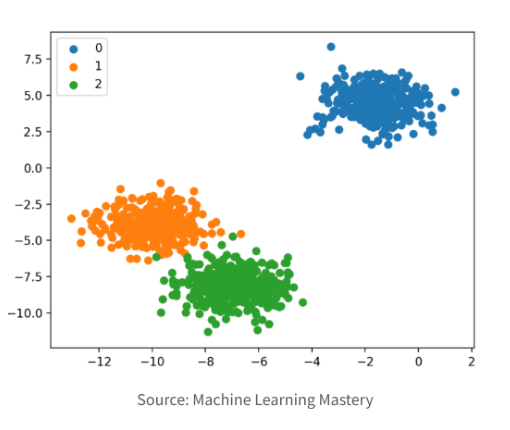
Clustering Models
Clustering models are like the matchmakers of data analysis, bringing together similar data points based on their input variables. Their mission is to uncover those hidden patterns and relationships that may not be immediately obvious, and group them into neat clusters. These models are the go-to tool for tasks like customer segmentation, market research, and image segmentation, allowing you to group data points based on customer behaviour, market trends, and even image pixels. With clustering models, you can connect the dots and make sense of your data in a snap!
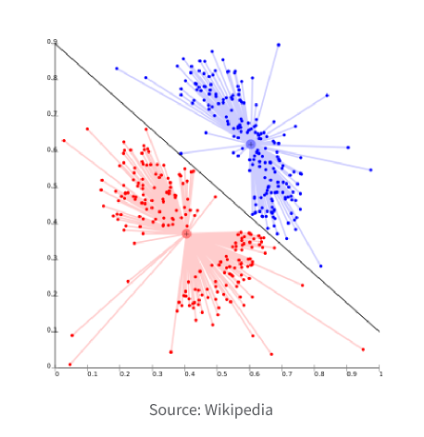
Time Series Models
Time series models are the masterminds behind deciphering the secrets hidden within data that changes over time. These models have the ability to spot patterns and trends within the data, allowing us to make forecasts for future values. Time series models have a wide range of applications, from analysing financial data and predicting economic trends to forecasting weather conditions such as stock prices, GDP growth, and temperatures. They're like the fortune tellers of data analysis, revealing what the future holds.

Decision Tree Models
Decision tree models are like the popular kids in the world of predictive analytics. They showcase their decision-making skills with a tree-like structure that reveals the consequences of each choice. The nodes represent predictor variables, while the branches bring to life the different possible values of those variables.
These models have a clear objective: to predict the target variable based on the predictors, utilising the tree structure to determine the most likely outcome. Decision trees are well-regarded for their simplicity and visual appeal, making them easy to understand. However, they might not be the ideal fit for complex datasets and can sometimes become overly enthusiastic and prone to overfitting. So be wary ...
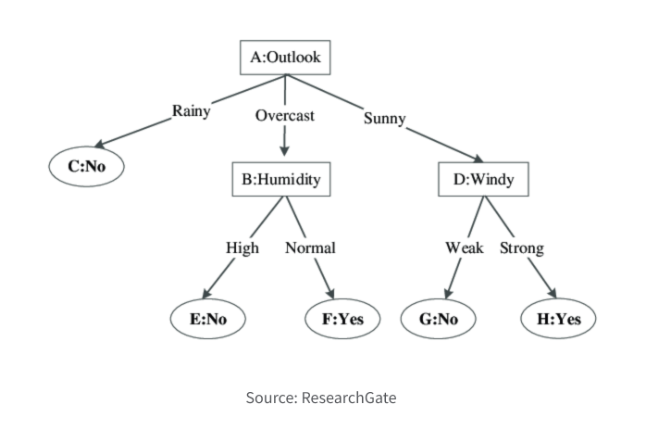
Benefits of Predictive Analytics
The advantages of incorporating predictive analytics into business operations are vast. By strategically collecting data and implementing the appropriate predictive model, organisations can unlock greater efficiency, reduce costs, and achieve much more. While the specific applications of predictive analytics may vary across industries, organisations that embrace this advanced data analytics technique can anticipate a multitude of benefits, including:
- Improved decision making: With the magic of predictive analytics, businesses can transform their decision-making process into a strategic and intentional masterpiece. By harnessing the power of data, business leaders can confidently make calculated decisions that pave the way for success.
- Streamlined operations: Predictive analytics has the power to optimise operations, enhance inventory forecasting, and efficiently manage resources, enabling businesses to operate at peak efficiency.
- Optimised marketing: Data can be leveraged to identify changes in demographics, pinpoint customers who are likely to churn, or segment audiences for the purpose of crafting tailored marketing campaigns.
- Easier fraud detection: With the power of predictive analytics, organisations can effortlessly uncover patterns within data, promptly identifying any irregularities in real-time. This enables cyber defence teams to proactively address potential threats and vulnerabilities, ensuring the utmost security for their systems.
Conclusion
Predictive analysis serves as a powerful force across industries, igniting innovation by delving into historical data and unveiling patterns that unlock the ability to predict the future of an organisation. Embracing this analytics approach allows organisations to access invaluable insights that bolster operational efficiency, mitigate risk, and elevate the customer experience to new heights.
However, it's important to keep in mind that predictive analytics is an ever-evolving field. While it holds immense potential, it's not without its limitations. The accuracy of predictions relies heavily on the quality of the data being analysed.
Why not get in touch to better understand how Predictive Analytics could help your organisation?



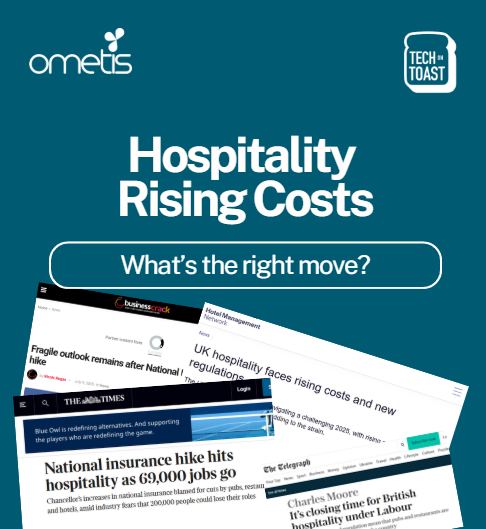
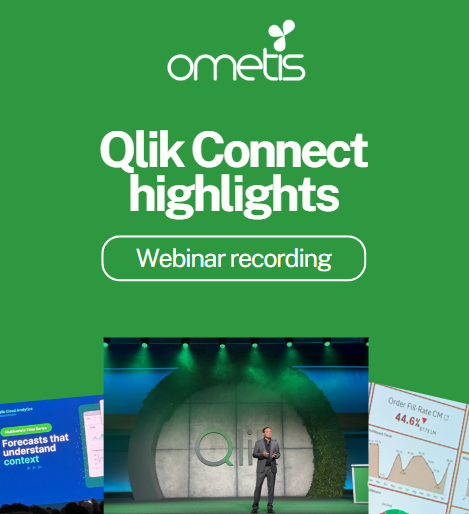
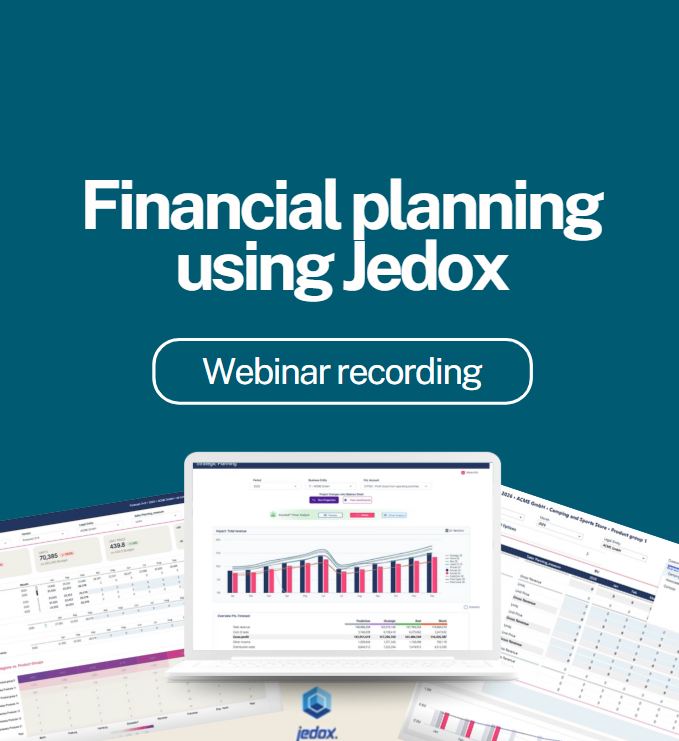
Comments